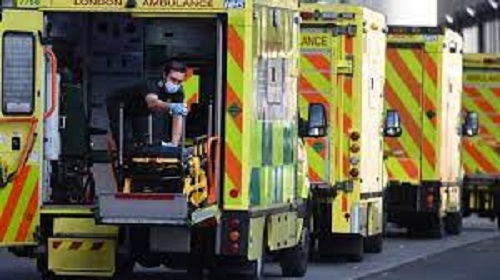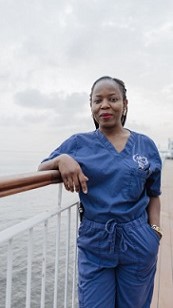Responding to the latest Emergency Department performance figures published by NHS England for October 2022, Dr Adrian Boyle, President of the Royal College of Emergency Medicine, said: “The crisis in Emergency Care is dire. October saw nearly 44,000 patients face a 12-hour DTA wait – we know 12-hour waits measured from decision-to-admit are just the tip of the iceberg and hides the reality.
We know far more patients wait for 12-hours measured from their time of arrival. NHS England and the Department of Health and Social Care will still not commit to publishing this data, despite it being collected by all Trusts. We believe this is a barrier to tackling the root of the crisis.
“We know excessively long waits and dangerous crowding are associated with patient harm and increased risk of mortality. Scientific studies have shown that there is one death for every 67 patients waiting between eight and 12-hours from their time of arrival in the Emergency Department. The ONS continue to report worryingly high excess mortality figures and we believe that dangerous crowding, long delays, and the crisis in urgent and emergency care are contributing to a significant proportion of these excess deaths.
“We are increasingly concerned about the winter and the health system’s ability to cope. We are already at 94.3% bed occupancy for all general and acute beds and each month patients face the longest waits on record. The system is failing in its core function – the quick and effective delivery of emergency care.
“We need meaningful action now – sticking plasters like setting up tents or handover units will do nothing to resolve these long-waits and may actually cause more harm to patients. We know we need to be able to admit patients, we know ambulances need to handover patients quickly, we agree that it is vital that ambulances must return to Urgent and Emergency calls in the community - but to achieve this we must tackle the issue of poor flow in our hospitals.
“Many patients in hospital no longer meet the criteria to reside, they are occupying beds to which we could be admitting patients. Around 13,000 people are in hospital unable to be discharged. We urgently need an effective social care workforce to help with the discharge of these patients, so we can admit patients, receive patient handovers promptly, and get ambulances back out to the community.
“It is crucial that those in power understand that this is not a demand issue, attendances are not causing crowding and long waits. Crowding and long waits are a consequence of the inability to move patients through the hospital, a consequence of patients who are unable to be discharged because of severe cuts to social care. If you can’t discharge patients, beds are indefinitely occupied and the whole system is blocked. The government must get a grip of the social care crisis to fix flow.”
Commenting on the news that the RCN have voted in favour of strike action, Dr Adrian Boyle said: “In Emergency Medicine there is a retention crisis, particularly amongst our nursing colleagues. Emergency Medicine nurses are a critical part of the workforce – EM is a team sport. We know and understand that many EM staff, including nurses, are burned out, exhausted and overwhelmed. They are skilled, competent professionals who deliver excellent care for our patients. It is vital that our nursing colleagues feel valued and appreciated.”











